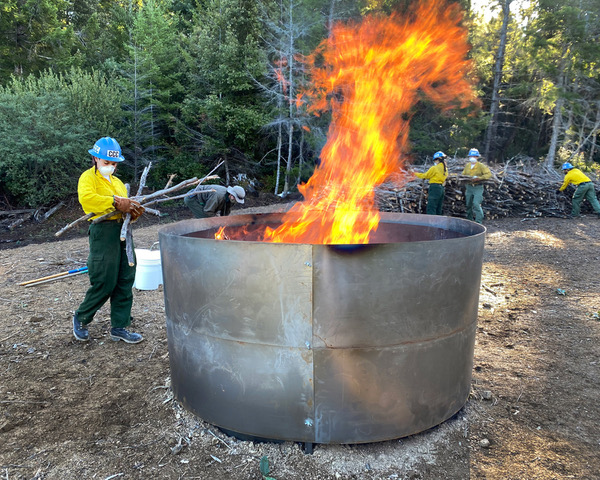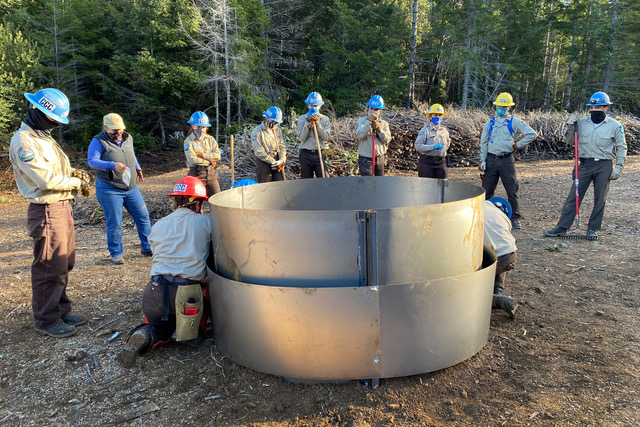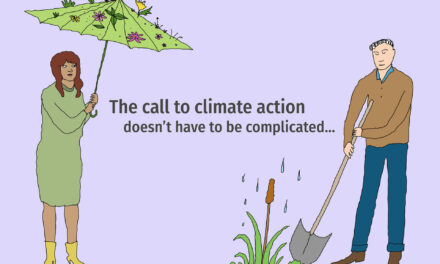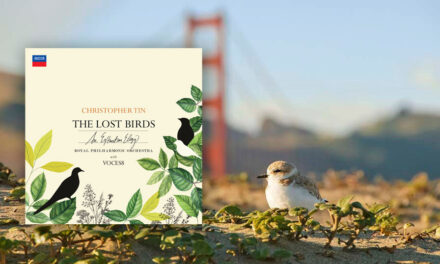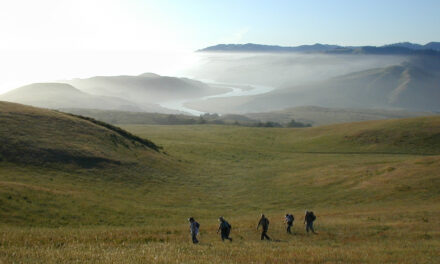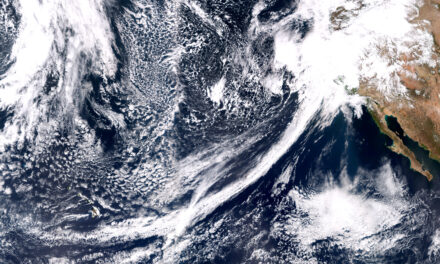Betting on Biochar
When asked about the ways in which a little trick of heat and wood can help California’s myriad climate-related woes, David Morell doesn’t try to hide his enthusiasm: “It’s pretty magical.” Morell, whose 40-plus years in environmental fields has spanned time with the EPA and consulting work for the World Bank Conservation Foundation, is now heading the Board of Directors of the Sonoma Ecology Center and betting big on biochar.
The name “biochar,” sounding reminiscent of mega biotechnology companies, belies the stuff’s inherent simplicity: wood waste reduced into a charcoal-like substance through an oxygen-poor burning process called pyrolysis.
“Basically what you get is a physical structure of elemental carbon by driving off all of the other elements of the wood,” says Morell describing the pyrolysis process. Rather than entering the atmosphere as carbon dioxide as it would during conventional wood combustion, the carbon remains as a solid, sequestered and lined up for a host of further uses.
Workers from the California Conservation Corps assemble the kiln. Photo: David Morell.
Biochar contains “literally millions of little pores,” says Morell. “These pores act as little houses for microbes in the soil and they hold water.” When biochar is added to soil, as it was at the Oasis Vineyard in Monterey County, it can help improve soil health and water retention, further reducing the need for chemical fertilizers and irrigation.
“Think of it like a coral reef in the ocean. It attracts the little fish, and the big fish come for the little fish.” Morell is fast with analogies to describe the magic of biochar, and he offers up another for how it also mitigates pollutant runoff on roads: “It works like the activated carbon in a Brita filter,” catching particles and filtering them out. Caltrans is currently building a bioswale with biochar on the congested convergence of Interstates 680 and 880.
How to Use It?
Through a grant from Cal Fire, Sonoma Ecology Center is bringing a biochar production machine into California to be installed in Vallejo’s Mare Island. Before it can be brought west from Iowa, where it was manufactured, the Center has to ensure that air emissions test results are up to snuff and Bay Area air quality regulators will permit its use.
While pyrolysis doesn’t have the same degree of emissions as a traditional combustion fire would, it still has some, and starting the reaction requires a small amount of propane. Wood waste from fire prevention activities in California’s forests would also have to be transported to the Bay for it to be turned into biochar. However, Morell and the Sonoma Ecology Center are experimenting with portable machines called flame-cap kilns that can be loaded onto a pickup truck, assembled, and used on the same site where the wood was harvested.
Other Recent Posts
Gleaning in the Giving Season
The practice of collecting food left behind in fields after the harvest is good for the environment and gives more people access to produce.
New Study Teases Out Seawall Impacts
New models suggest that sea walls and levees provide protection against flooding and rising seas with little effect on surrounding areas.
Oakland High Schoolers Sample Local Kayaking
The Oakland Goes Outdoors program gives low-income students a chance to kayak, hike, and camp.
Growing Better Tomatoes with Less Water
UC Santa Cruz researchers find the highly-desired ‘Early Girl’ variety yields more tomatoes under dry-farmed conditions.
Santa Clara Helps Homeless Out of Harm’s Way
A year after adopting a controversial camping ban, Valley Water is trying to move unsheltered people out of the cold and rain.
The Race Against Runoff
San Francisco redesigns drains, parks, permeable pavements and buildings to keep stormwater out of the Bay and build flood resilience.
Learning the Art of Burning to Prevent Wildfire
In Santa Rosa’s Pepperwood Preserve, volunteers are learning how controlled fires can clear out natural wildfire fuel before it can spark.
Martinez Residents Want More Than Apologies — They Want Protection
After a 2022 release of toxic dust and a February 2025 fire, people in the northeast Bay town are tired of waiting for safety improvements.
Weaving Fire Protection Out Of What’s Already There
A new Greenbelt Alliance report shows how existing vineyards, grasslands, and managed forests can slow wildfire and save vulnerable homes.
Fall Plantings Build Pollinator Habitats in Concord
Community groups, climate advocates and a church are coming together to plant pollinator gardens as monarchs, bees see population declines.
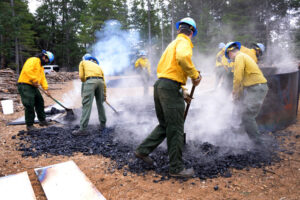
“Biochar came to me because it integrates these different pieces — we take wood created from activities that reduce forest fire risk and we turn it into sequestered elemental carbon that improves soil, lessens agricultural runoff, and holds water to reduce water loss.”
While it remains to be seen how widely it can be implemented, it seems that Morell’s belief in the benefits of “magical” biochar holds its own water.
CCC workers rake out and extinguish the coals to save as much carbon as possible as biochar. Photo: David Morell.






